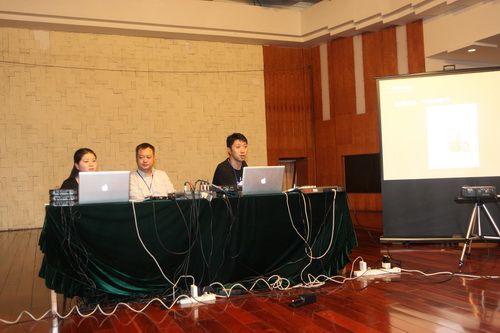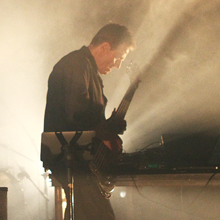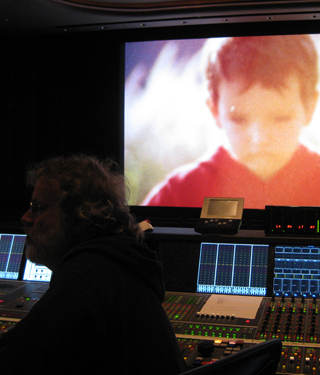On May 24, 2012, Sichuan Conservatory electronic music professors Lu Minjie, Bai Xiaomo, and Han Yanmin presented the first in what is to be a series of seminars on “intermedia music”.  Hosted by Professor Yao Qi , the lecture was attended by the Electronic Music Department staff and students as well as many Electronic Music representatives in China.
Lu Minjie gave an overview of the development of new media art and described the creative process employed in her four-channel electronic music composition The Watching Tuvas. Bai Xiaomo described some new installation works created by the New Media Art group at the Sichuan Conservatory of Music, the Audio-Visual Interactive Installation at Sichuan Conservatory of Music Gallery. He also presented his intermedia music composition for Symbolic Sound Kyma and Kinect Silent Room. Han Yanmin described his own methods for creating electro-acoustic music and presented his composition Echoes of Qiang Flute as an example. In the second half of the lecture, the three faculty members described their experience at the University of North Texas, College of Music where they had presented an electronic music lecture and concert in February of this year. They also analyzed some of the technical challenges that one might encounter while giving lecture and concert in another city.










 “The Age of Cageâ€, on Friday May 18, 2012 was the final event in an Homage to Cage series organized by the University of Salerno, culminating in
“The Age of Cageâ€, on Friday May 18, 2012 was the final event in an Homage to Cage series organized by the University of Salerno, culminating in